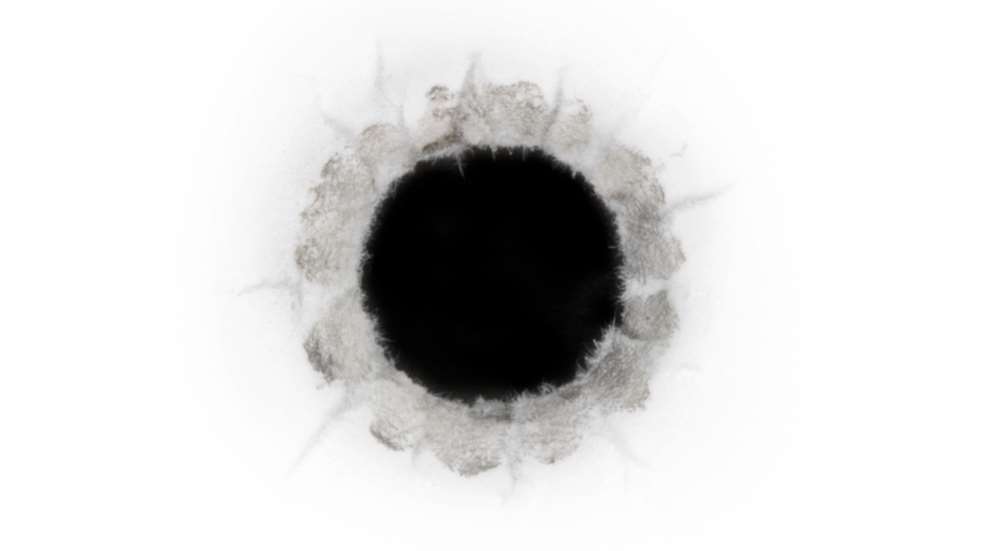
On July 21, 1865, in Springfield, MO, James B. Hickok and Davis Tutt were about to have what, at the time, was generally called a difficulty. Some claim it was over a woman; others claim it concerned a gambling debt, whatever. As was the custom of the day, the two men met to settle their differences.
Tutt, possibly acting a bit hastily, got off the first shot while Hickok was still 75 yards away. Tutt missed. Hickok, who might have been expecting such a move, braced his Colt Navy across his left forearm and fired before Tutt could trigger a second shot. Hickok’s bullet took Tutt in the left side and penetrated his heart. Davis Tutt expired shortly thereafter. As an interesting aside, I would note that Hickok made this 75-yard, one-shot stop with a revolver in the same power and terminal-performance level as a modern .380 ACP.
Fast forward to Dec. 29, 2019, and some folks were worshiping in a church in White Settlement, TX. The service was interrupted when a deranged gunman came in and started shooting people with a shotgun. In a matter of seconds, he killed two men and was about to shoot more when Jack Wilson (no relation to me) responded accordingly. Wilson, part of the church security team, fired one shot from his SIG Sauer P229 from about 15 yards and stopped the lunatic immediately with a head shot.
The significance of these two shootings, 154 years apart, is that some things change in this whole business of personal defense, and some things never change. Let’s take a look at some of each.
During Hickok’s day and for many years to come, it was considered acceptable for a man to arm himself and go confront another who was making threats against him. In addition, there are numerous “Not Guilty” verdicts on file when the deceased was not armed at all ... “Well, he usually carried a gun and I saw him reaching for his hip pocket, where he usually carried his gun ...” Of course, there was the argument that was often made: “He needed killing.”
One should also realize that the local saloon was the men’s social club of the day. The fact that gambling, guns and booze were all together in one building didn’t seem to bother anyone too much. Apparently, the important thing was to protect one’s honor in spite of how much one had to drink or how many aces one might be holding.
Nowadays, none of that is OK with most of us who teach defensive techniques. We encourage the armed citizen to be a reluctant participant. If threats are being made, the thing to do is to file a police report and let the authorities handle it. And the best idea is to respond when you see your attacker is armed, not when you think he is armed. Today, the responsible armed citizen doesn’t shoot because they can; they shoot only because they have to.
Some things change and some things never change. For all that, you will note that Hickok and Wilson both solved the problem with a single shot from a .36-caliber pistol.
However, I sometimes wonder if we may sometimes be doing a disservice to today’s armed citizens. Personal-defense training has become a business for some folks, and they vie with each other for the customer’s attention. And maybe some things get complicated when there is really no need for it to be.
A good example would be the late Jeff Cooper’s Color Code. He came up with it to help his students understand and define levels of their own preparedness in the face of potential danger. It wasn’t long at all before others started adding colors to the scheme and using them to define what the attacker was doing instead of the mindset of the armed citizen. This led to confusing the whole thing, because they probably didn’t understand it in the first place.
And, as I have said previously, I think we put too much emphasis on gear. The suggestion, maybe only implied, is often that you won’t survive without this gun, that ammo or a particular holster. Students want to know what we carry and why. I wonder if they always get an honest answer. Too often, we may just be gun enthusiasts interacting with other gun enthusiasts, as opposed to being focused on helping those who are new to personal defense.
In addition to going into all the various defensive stances, techniques and philosophies, we might better spend our time teaching students how to avoid violence whenever possible. Perhaps we would be better off telling our students the importance of learning to handle their chosen gun quickly, efficiently and accurately.
In those two shootings, Hickok and Wilson each took care of business by delivering one well-placed shot to the threat. And that, I think, is the lesson for all of us. For all we can acquire, for all we can learn, for all we can cuss and discuss, the real challenge is to stand as calmly as possible, make a smooth, quick draw and deliver that first, fight-stopping shot.

































